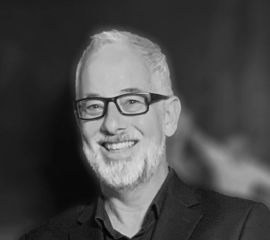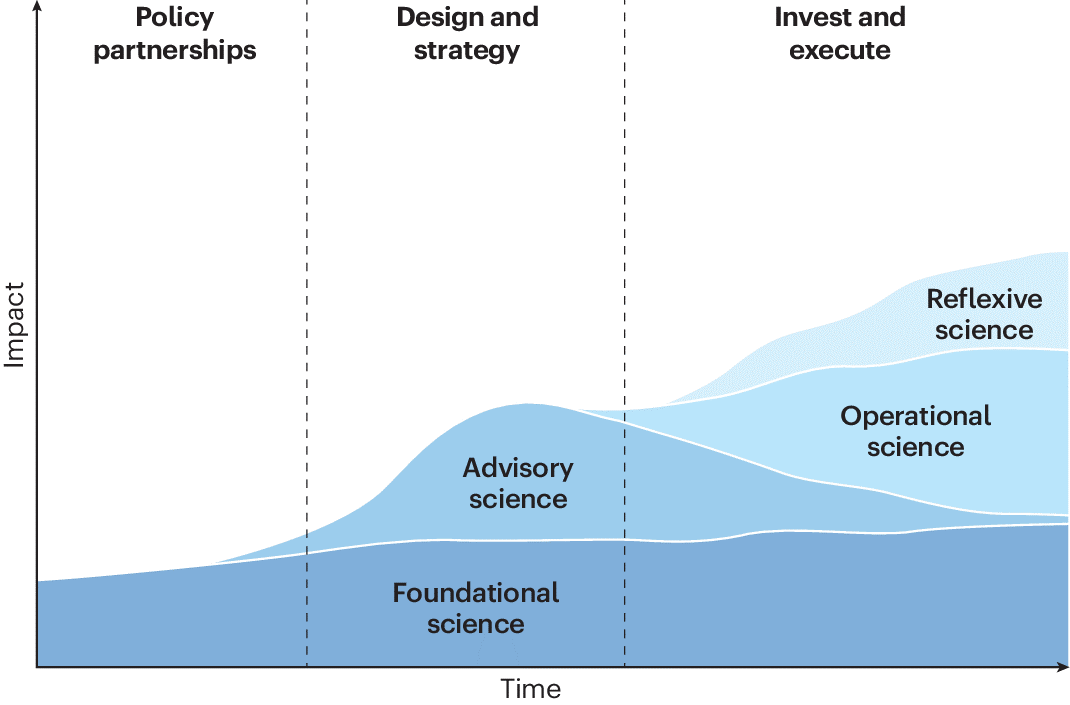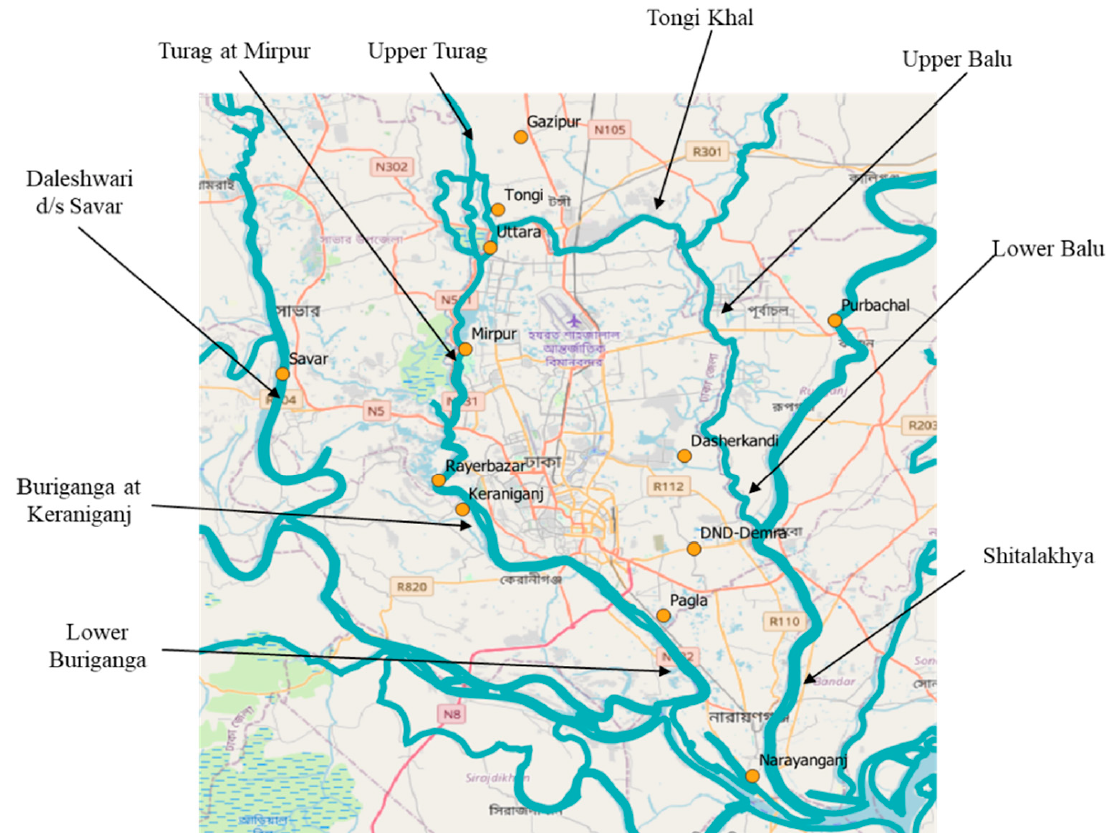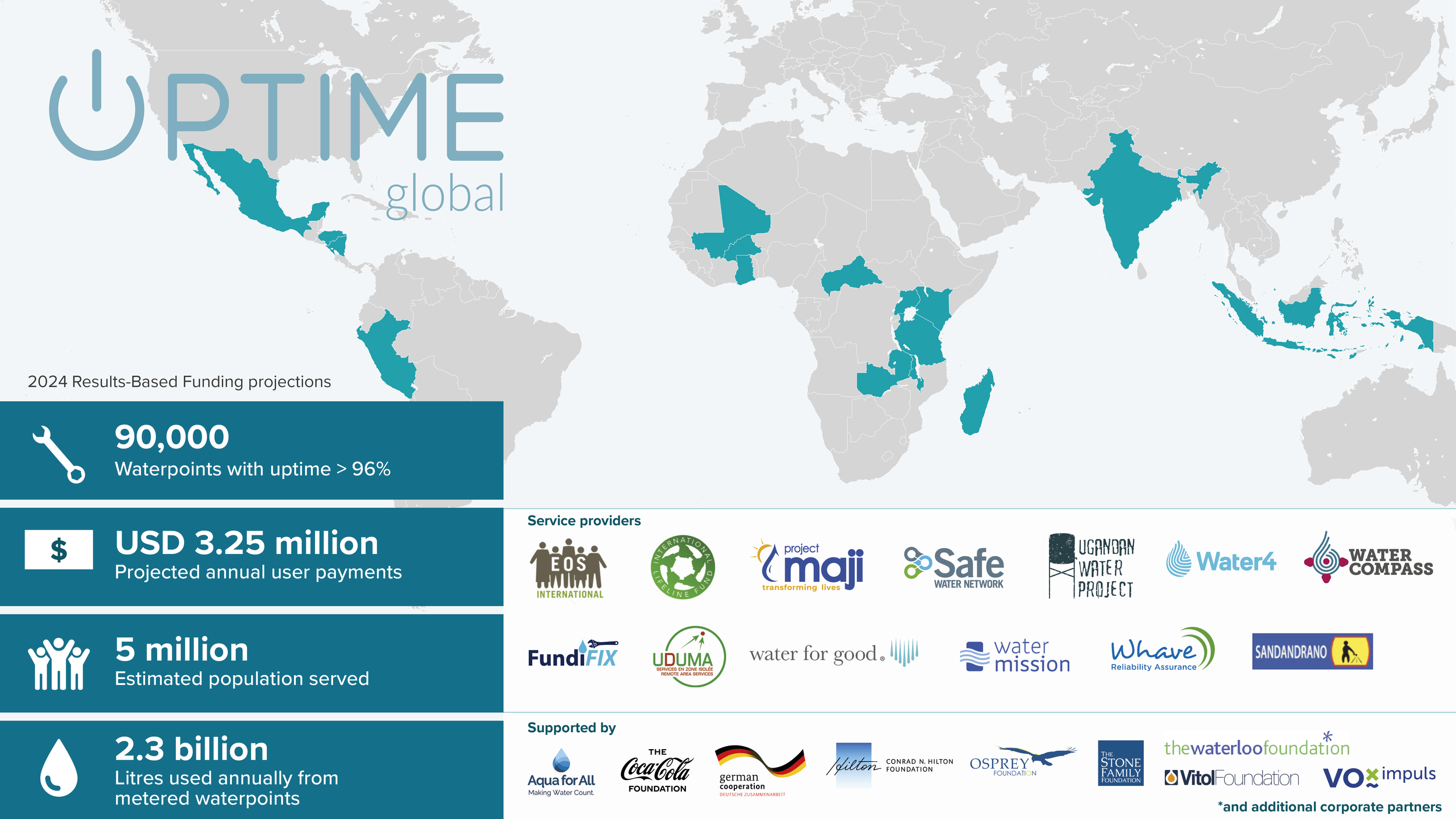Listen here on Spotify | Listen here on Apple Podcast
Episode released on October 3, 2024
Episode recorded on May 24, 2024
 Rob Hope is a Professor of Water Policy at the School of Geography and Environment at Oxford University
Rob Hope is a Professor of Water Policy at the School of Geography and Environment at Oxford University
Highlights | Transcript
In a recent paper titled Science-Practitioner Partnerships for Sustainable Development published in Nature Water, Rob and colleagues explore how science can contribute to practitioners through various types of science: foundational, advisory, operational, and reflexive science (Fig. 1).
The paper highlights the importance of long-term funding (decadal) to fully develop the science and integrate with policy making.
Rob Hope is the Director of the REACH program, a £22 m UK FCDO (Foreign Commonwealth and Development Office) program to enhance water security for 10 million poor people between 2015 and 2024. The program works in Bangladesh (S Asia) and Ethiopia, and Kenya (E Africa).
Water Security Observatories were established in these countries to implement interdisciplinary research on water security and poverty.
The REACH program applies a risk-based approach considering:
(a) resource sustainability,
(b) inclusive services, and
(c) sustainable growth to guide investment and policies to benefit the poor.
An example program within REACH is the foundational science that was conducted to guide construction and installation of 12 wastewater treatment plants over next 25 yr ($12 B investment) in Dhaka (Bangladesh)to improve river water quality (Hoque et al., ERC, 2021). A detailed hydrologic model was developed that included spatiotemporal variability in pollution sources in 12 river systems flowing through Dhaka (Fig. 2) (Bussi et al., Water, 2023).
Bangladesh has undergone rapid development with GDP similar to that of India through industrialization, particularly the garment industry. About 80% of sewage is released untreated. The model will be used to prioritize treatment plants to ensure most vulnerable people benefit.
A total of 2 billion people do not have access to safely managed drinking water. Bangladesh has achieved access to ~ 99% of people. The SafePani program aims to provide access to safe water to schools and healthcare facilities, similar to a utility, through an 18-month pilot period. Cost is low, < $1 per person per yr. Government incorporated this program into their national budget up to 2030 in one district.
Jal Jeevan Mission in India representing Prime Minister Modi’s commitment in 2019 to provide household tap connections to everybody by 2024, currently at ~ 80% (Jun 2024). They are working with Indian Government on operational sustainability.
Water security is becoming a more critical issue with linkages between water resources and climate, hydrology, surface water and groundwater and water services. Long-term observatories (instrumented, interdisciplinary) were established in Ethiopia, Kenya and Bangladesh. In Dhaka focus the focus was on river water security; N. Kenya groundwater security; and Ethiopia: Awash River Basin.
Uptime Catalyst Facility and Uptime Global: UK charity disburses grant funding to contracted rural water service providers to maintain rural drinking water services. Results based contracts. In 2024, Uptime has results-based contracts in 16 countries for over 5 million people. Rural water users cover one third of the cost. Donors and governments cover the remaining costs. Scaling up Africa, Asia, and Latin America. (Fig. 3) (www.uptimewater.org)
Goal: Reach 100 M rural people by 2030. Urban systems receive $300 B in subsidies, excluding India and China (World Bank Report). Cannot achieve full cost recovery in rural areas, need subsidies. Donors pay the subsidy.
Problems during wet periods: people shift to free surface water and it is difficult for utilities to maintain operations with reduced revenues.
Same issues with rural water systems in developed nations in US, Canada, Australia etc.
Case study: Lodwar, Kenya, pervasive drought. Foundational science mapped alluvial aquifers using geophysics, water quality monitoring, recharge estimation and sustainable abstraction. Protect aquifer from contamination (Tanui et al., JAES, 2023).
Case study: southern coastal Kenya: $1 billion commercial investment in titanium mining industry (Australian company) and in irrigated sugar cane. Two paleochannels (ancient riverbeds) mapped, providing large water supplies for both enterprises.
REACH program: one reason for selecting Ethiopia and Kenya was that global climate models were imprecise. New data helped identify Turkana Jets between Ethiopian Highlands and the Kenyan Highlands in the sort of Rift Valley structure (Munday et al., BAMS, 2022). A total of 30% of moisture bypasses Eastern Africa and ends up in Congo Basin.
Previous studies identified deep aquifer in N Kenya near Turkana, the Lotikipi Basin Aquifer, but it was saline and very deep (Migiro and Arsenault, 2015).
Agencies such as World Bank funding local people in these countries to promote workforce development and enhance capacity building.






